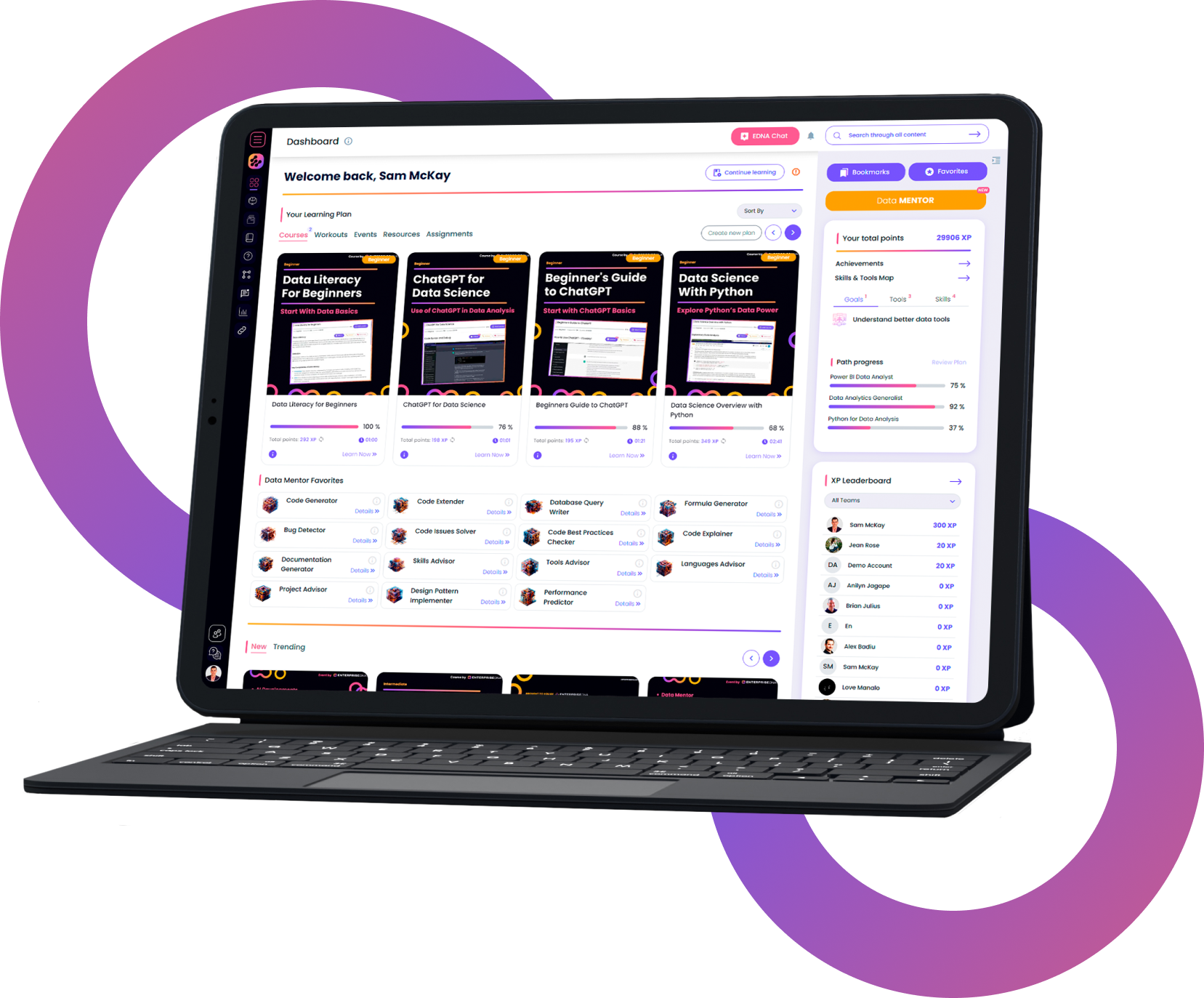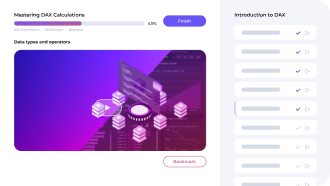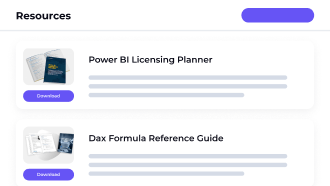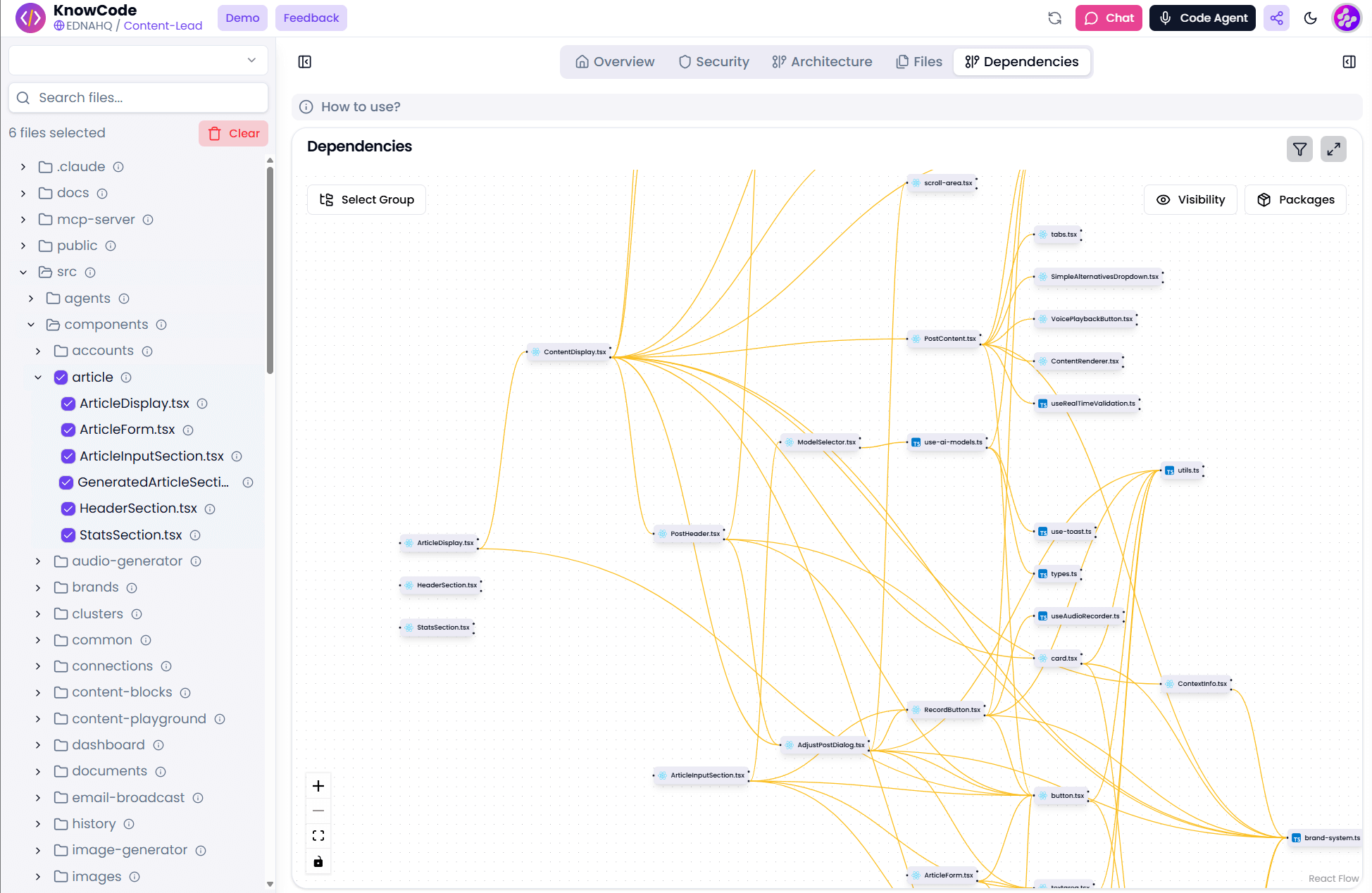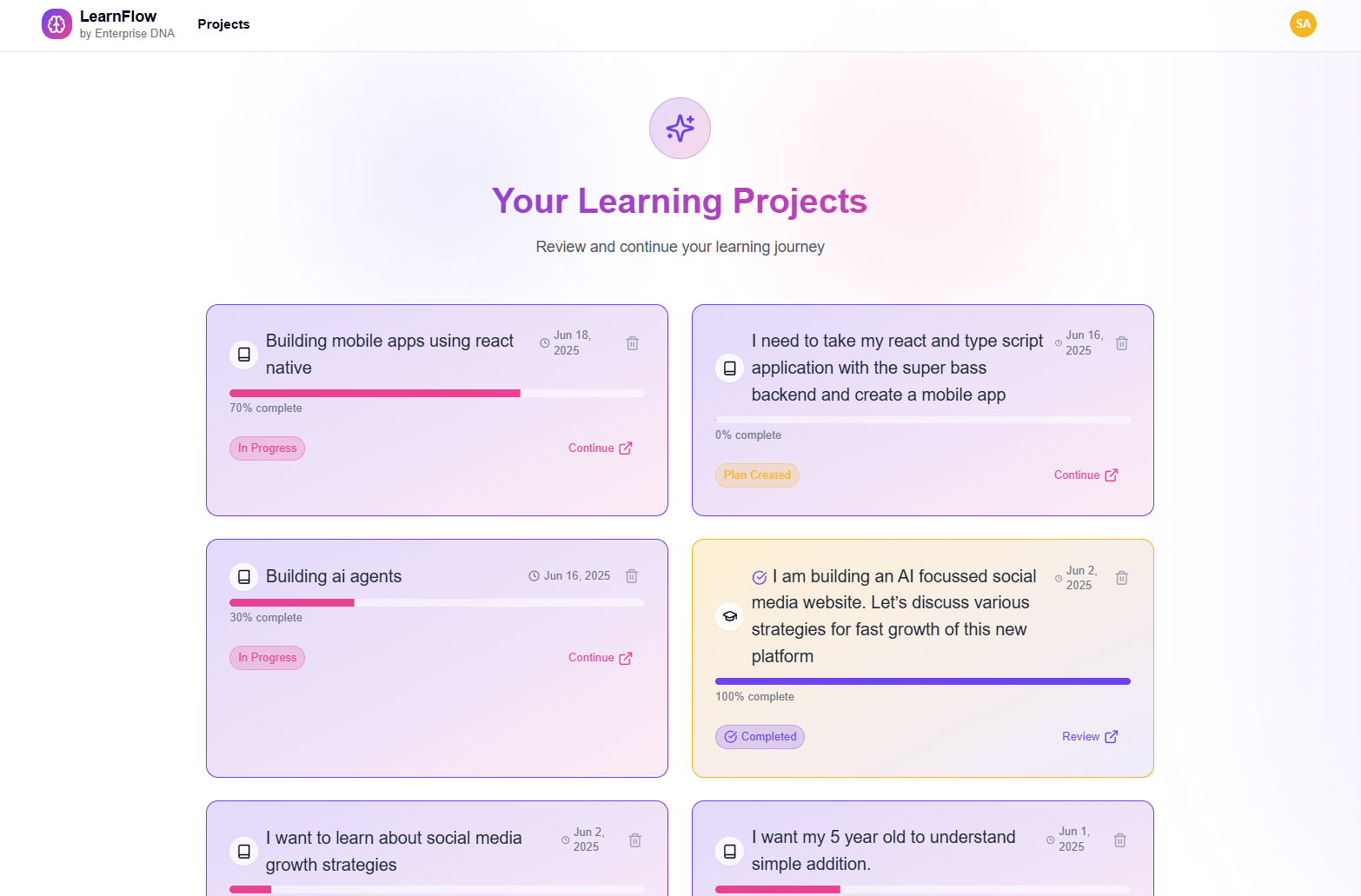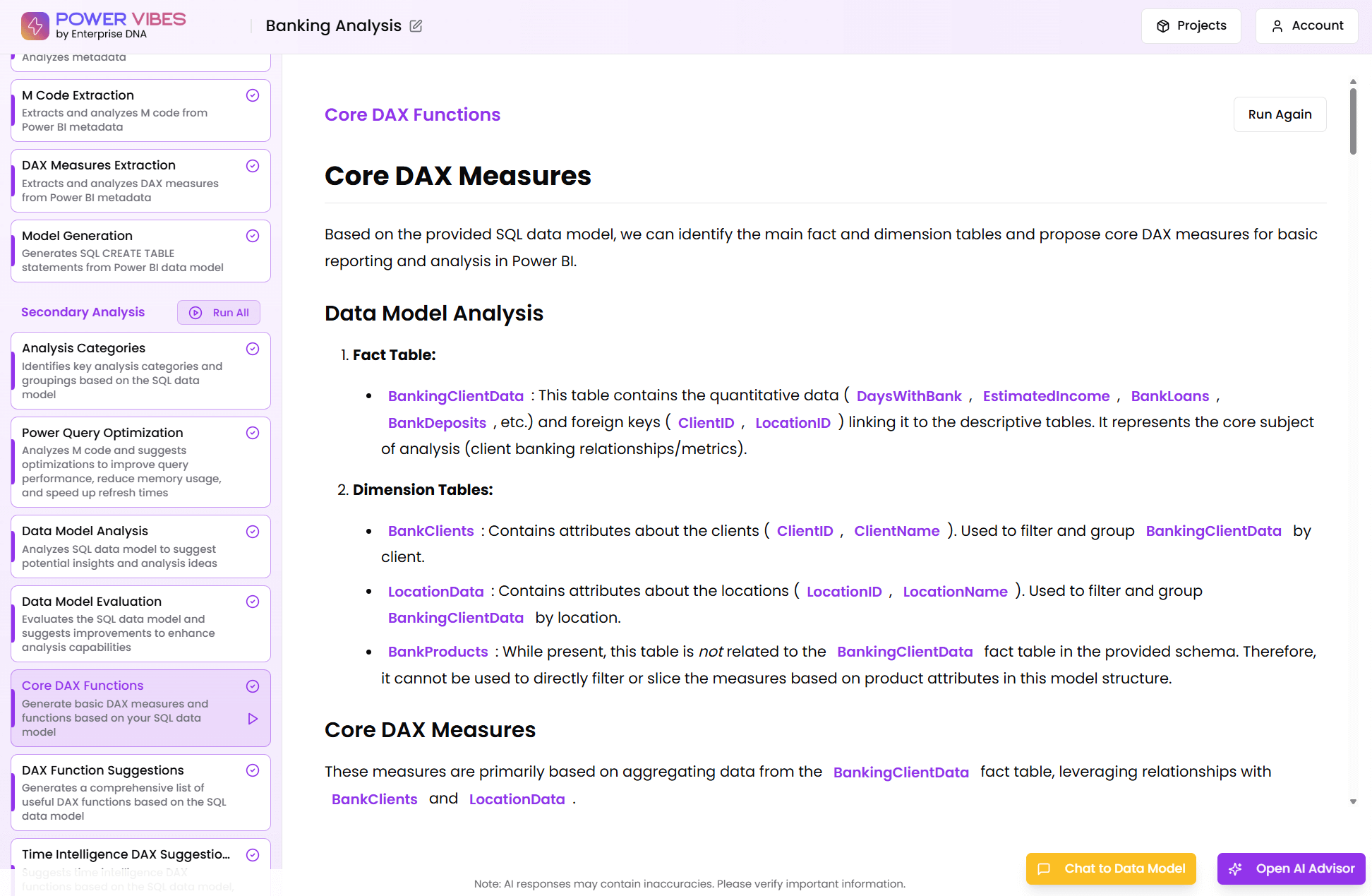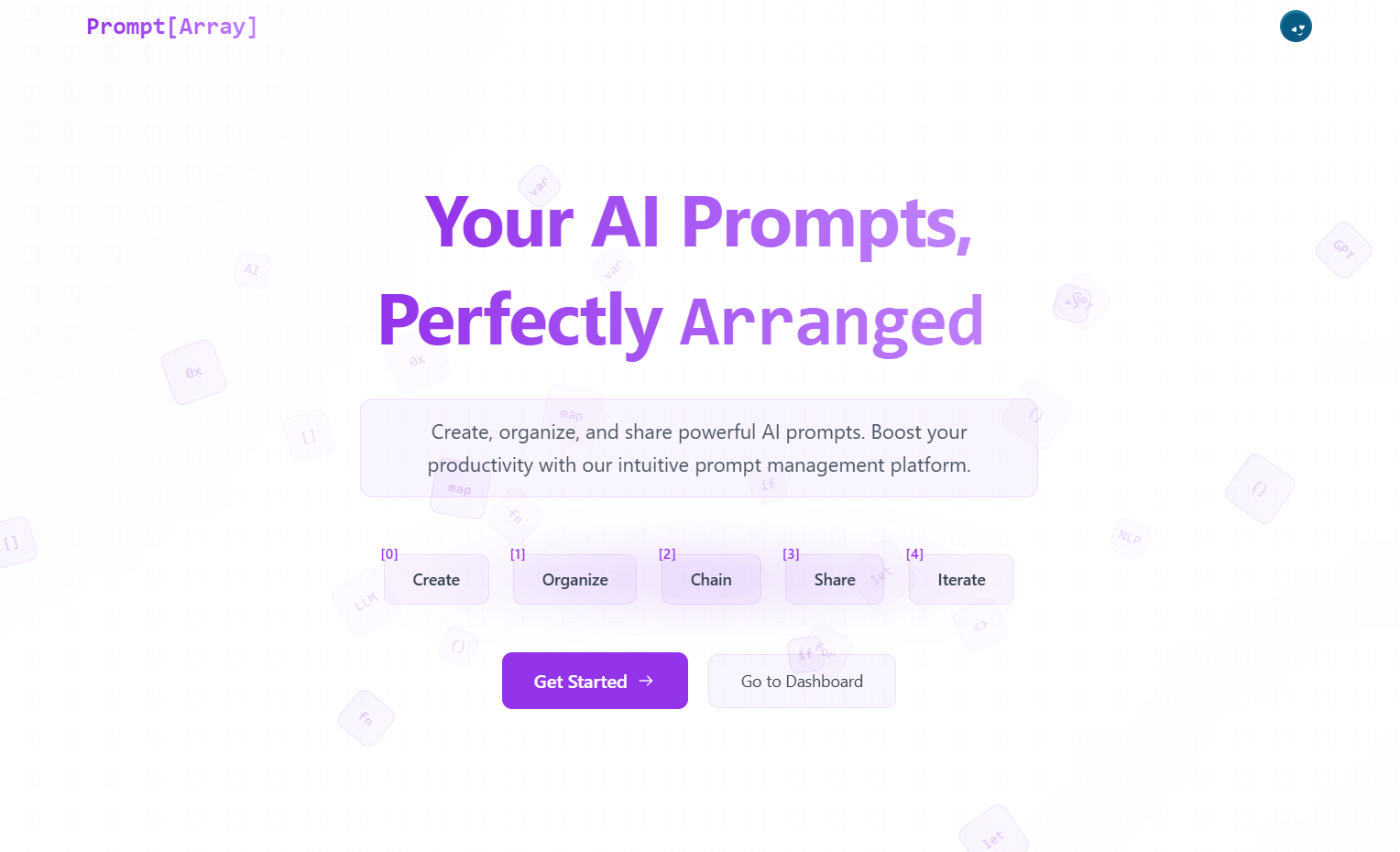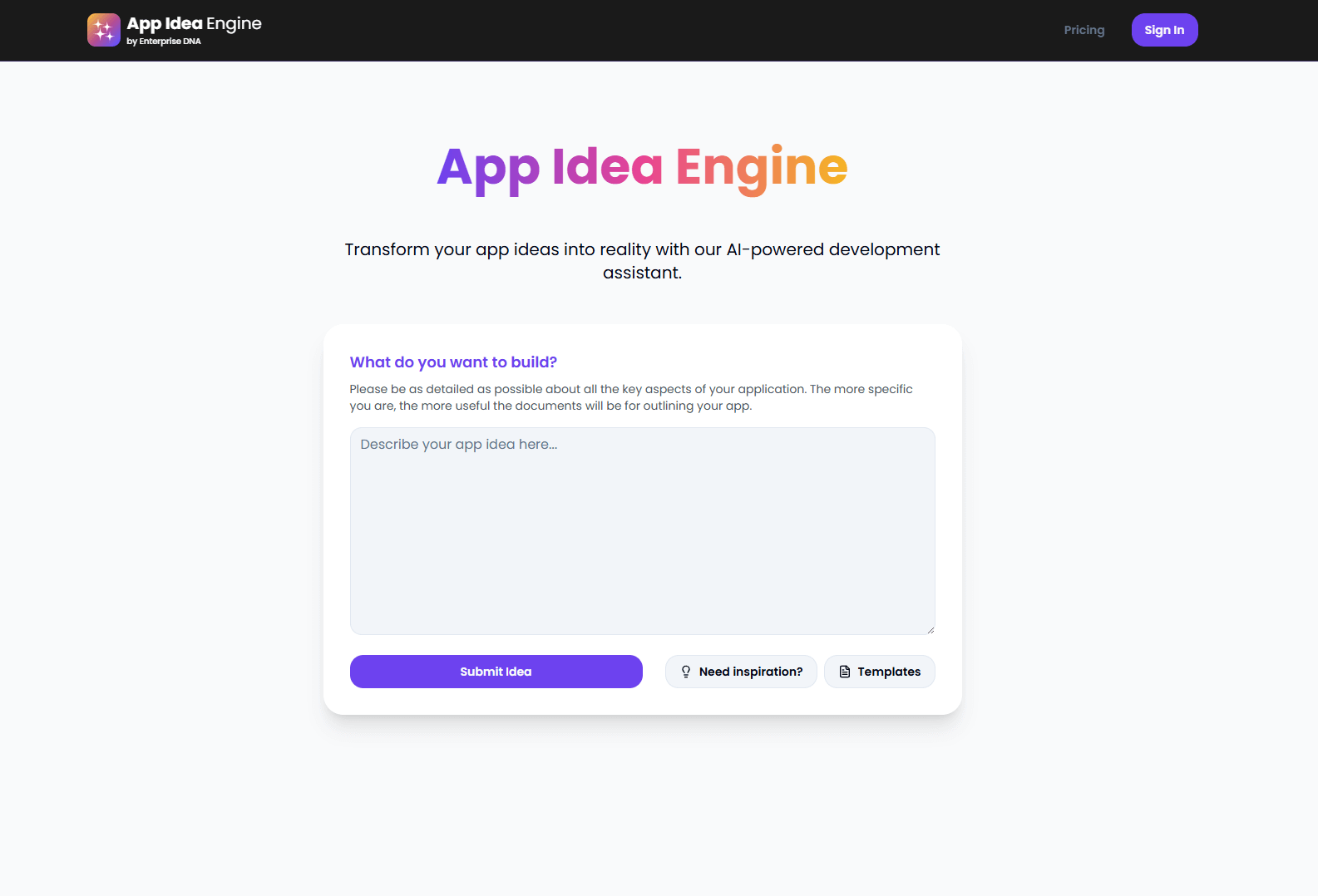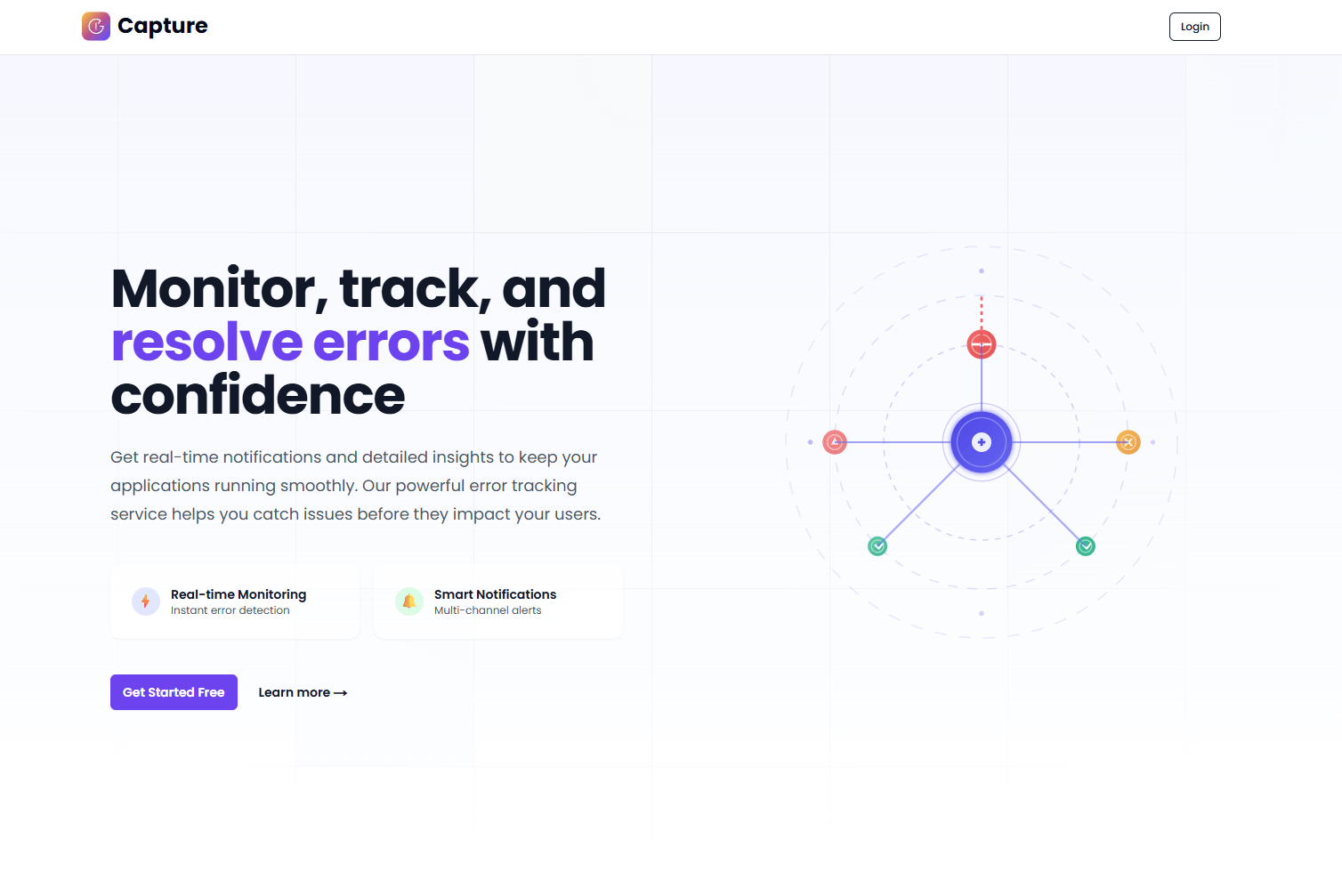Beginners Guide to Power BI
Build a solid foundation in using Power BI.
Trusted by 220,000+ people worldwide.
An outline of this training course
This Beginner Guide to Power BI course is designed to provide you with a solid foundation in the Power BI platform. We will explore the key components of Power BI, including data modeling, DAX formulas, query editing, and data visualization.
By the end of this course, you will be able to define the components of Power BI and their functions, apply data modeling techniques for effective analysis, understand DAX formulas for data calculations, utilize the query editor for data transformation and cleaning, and create interactive visualizations in Power BI service.
As a data analyst, this course will provide you with the necessary skills to work with Power BI, one of the leading business intelligence tools used in the industry. You will learn how to connect to data sources, transform data, and create compelling visualizations that can be used to gain insights and make informed decisions.
The application of Power BI skills is vast, including creating a sales dashboard to track key performance indicators (KPIs), analyzing customer behavior to improve marketing campaigns, and monitoring inventory levels to optimize supply chain management. By the end of this course, you will have the skills necessary to create meaningful and actionable insights from your data using Power BI.
What are needed to take this course
There are no prerequisites for this course.
Who is the course for
This course is useful for data analysts seeking to learn the basics of Power BI and its components, including data modeling, DAX formulas, query editing, and data visualization.
Details of what you will learn during this course
By the end of this course, you will:
- Define Power BI components & their functions
- Apply data modeling techniques for effective analysis
- Understand DAX formulas for data calculations
- Utilize the query editor for data transformation and cleaning
- Learn best practices for data visualization
What you get with the course
- A two-hour plus self-paced video training
- Resource packs that include data source files
Program Level
Beginner
Field(s) of Study
Computer Software & App
Instruction Delivery Method
QAS Self-study
***This course was published in May 2023
Enterprise DNA is registered with the National Association of State Boards of Accountancy (NASBA) as a sponsor of continuing professional education on the National Registry of CPE Sponsors. State boards of accountancy have final authority on the acceptance of individual courses for CPE credit. Complaints regarding registered sponsors may be submitted to the National Registry of CPE Sponsors through its website: www.nasbaregistry.org
What our
Students Say
Curriculum
Course Overview
Resources
Introduction
Power Query
Data Modeling
DAX Calculations
Reports & Visualizations
Online Service
Frequently Asked Questions
Course Wrap Up
Your Feedback
Certfication
Your
Instructor
Sam McKay
CEO & Founder
- Sam is Enterprise DNA's CEO & Founder. He helps individuals and organizations develop data-driven cultures and create enterprise value by delivering business intelligence training and education on Microsoft’s Power BI platform
- He partners with business decision-makers and analysts across all industries and business functions.
Frequently Asked
Questions
What’s the difference between a free account and a paid plan?
Do I need to know anything about data science or data analytics to get started with Enterprise DNA?
How will I be charged?
Can I get an invoice for my company?
Are refunds available?
Will AI take over the world and make data skills worthless?
Recommended
Courses

Comprehensive React Native and Expo Development


Get full access to unparalleled
training & skill-building resources
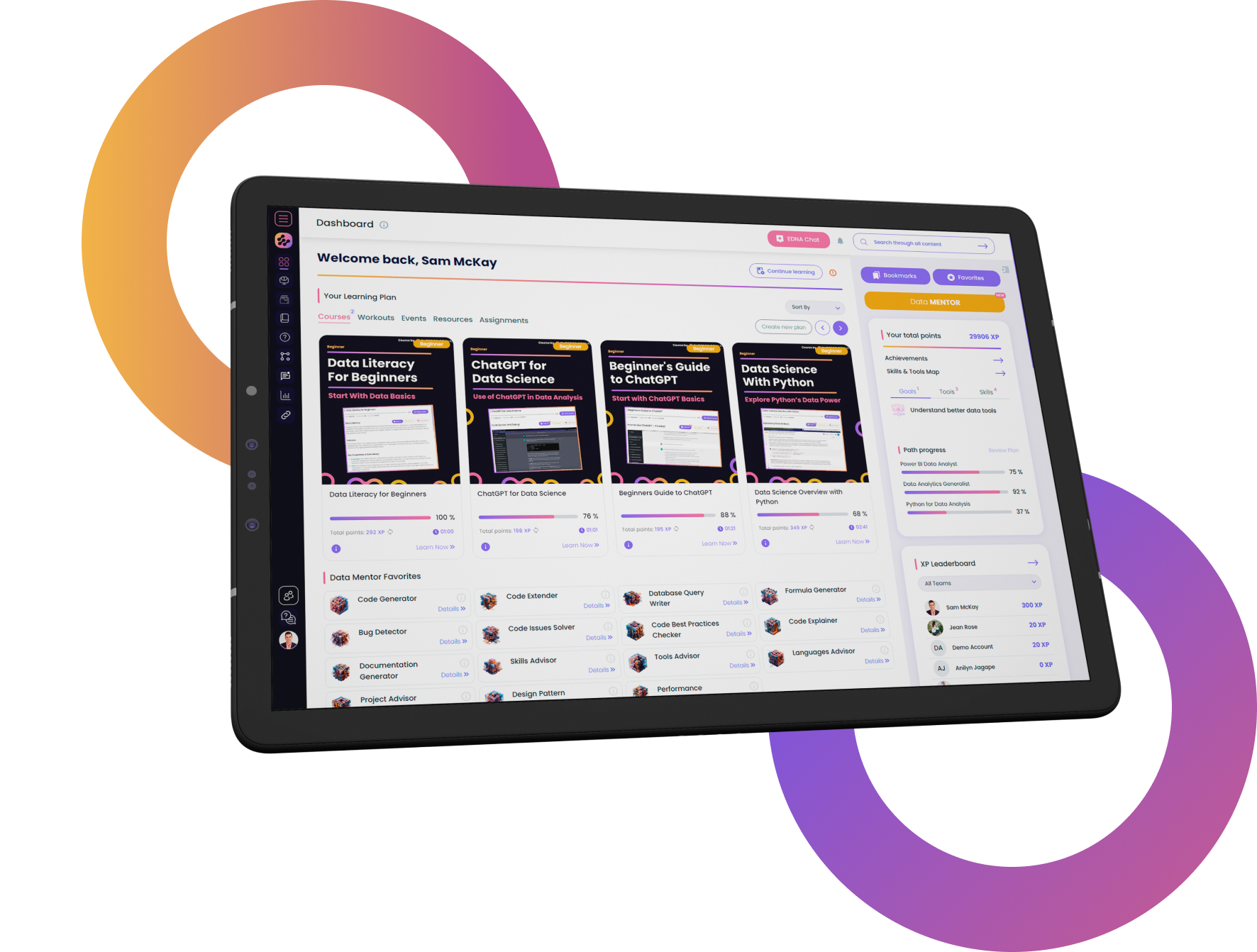
FOR INDIVIDUALS
Enterprise DNA
For Individuals
Empowering the most valuable data analysts to expand their analytical thinking and insight generation possibilities.
Learn MoreFOR BUSINESS
Enterprise DNA
For Business
Training, tools, and guidance to unify and upskill the data analysts in your workplace.
Learn More